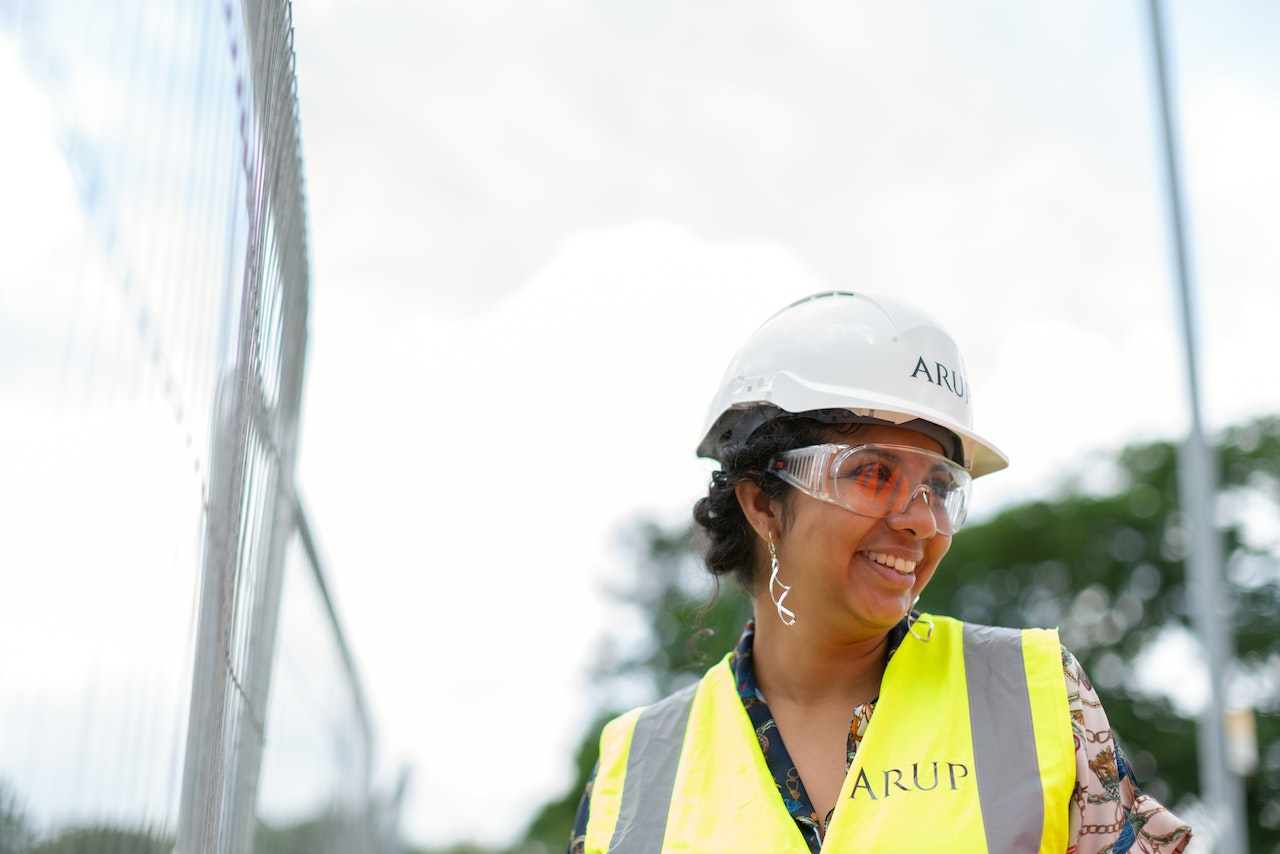Surety Bond Professionals is a family owned and operated bonding agency with over 30 years of experience. With access to a broad range of surety markets, our expert agents are ready to assist with all of your construction bond needs.
Women Historically Have Been Underrepresented in Construction
There is documentation of women working as construction laborers in the 13th century, but for centuries after that, there is little evidence of women construction workers, at least not in significant numbers. Some believe that the lack of historical statistical data on women in construction is simply due to the very small number of women doing construction work. Others think that women had such low social status outside of the nobility that they weren’t worth mentioning in the historical record.
For most of the first millennium, women who worked outside of the home did so primarily out of economic necessity. Poor single women and widows with no husband or extended family they could rely on for support had few options for making money. For the most part, they were regarded as a burden on society and were even regarded as somehow being responsible for the dire circumstances in which they found themselves. They certainly weren’t significant enough for anyone to write about their accomplishments or even note their participation in the economy as construction laborers.
How Big Is the Gender Gap in Construction Today?
As of March 2022, women make up 10.9% of the construction workforce in the United States, which is 1% higher than about five years ago. However, compared to the female representation in the workforce in other occupational sectors, the construction industry is at the bottom of the gender diversity list. The Bureau of Labor Statistics lumps construction jobs together with natural resources and maintenance occupations. Women in this occupational sector accounted for only 1% of the total U.S. workforce as of January 1, 2019, as shown below:
Professional/Management: 44.0%
Sales/Office: 28.0%
Service: 21.1%
Production/Transportation/Material Moving: 5.9%
Natural Resources/Construction/Maintenance: 1.0%/100%
So while women are making modest gains in terms of the percentage of frontline construction jobs held by women rather than men, the percentage of women in other occupational sectors is much higher. Experts attribute this gap to the longstanding male predominance in the construction industry and male resistance to the idea of women doing manual labor.
Barriers to Increasing the Number of Women in Construction
In the construction world, gender bias, conscious or unconscious, undoubtedly comes into play in many hiring decisions. And many male construction workers have negative perceptions of women on the jobsite in roles similar or identical to their own, creating what often is referred to as a culture of toxic masculinity. While that may not be the only barrier to more women seeking jobs in the construction industry and staying in them long enough to thrive professionally, it’s a significant one. Research has shown that nearly 60% of women ages 28 to 40 have been subjected to gender-based or sexual harassment while working on a construction jobsite.
Construction jobs in the field tend to be physically demanding but are well within the capability of many women. However, they are–for the most part–daytime jobs and don’t offer flexible hours; making it difficult for women with family responsibilities to find adequate work/life balance. Additionally, there are few women in senior construction positions to advocate for and mentor women new to construction and show them that there is a pathway to advancement.
Significance of the Gender Gap in Construction
The National Association of Women in Construction (NAWIC) points out that construction is becoming more open to women owners and CEOs, with significant growth in the number of women-owned firms in recent years. Women now own about 13% of construction-related companies, a 64% increase between 2014 and 2019.
Newer construction firms can be at a disadvantage when it comes to obtaining the surety bonds commonly required in the construction industry. It’s hard to grow a construction company unless it can qualify for the bid bonds, performance bond, payment bonds, and other construction bonds needed to compete for jobs funded with taxpayer money. And private project owners are increasingly requiring construction bonds as well.
Developing sufficient bonding capacity depends in large part on building a portfolio of finished construction projects to demonstrate the industry experience that surety bond underwriters are looking for.
Call Us Today
Our surety bond professionals will help you grow your revenue by maximizing your surety capacity. Call us today!





